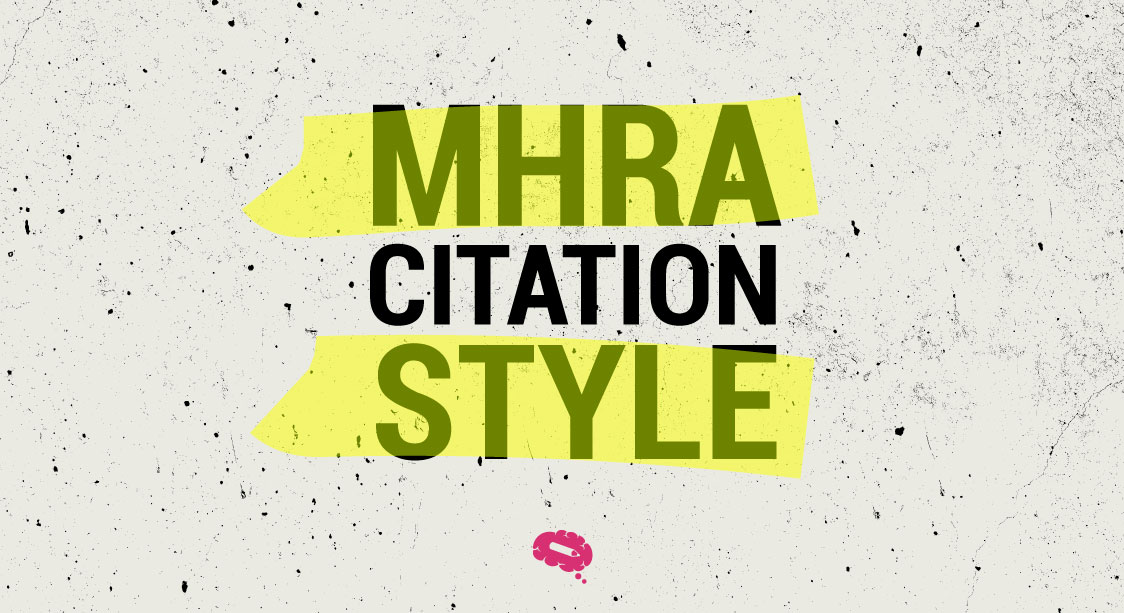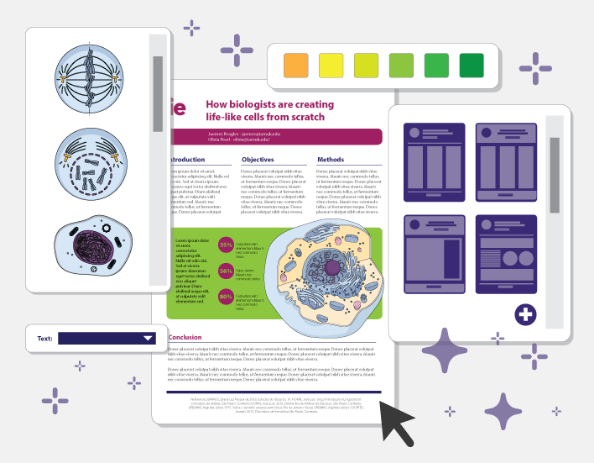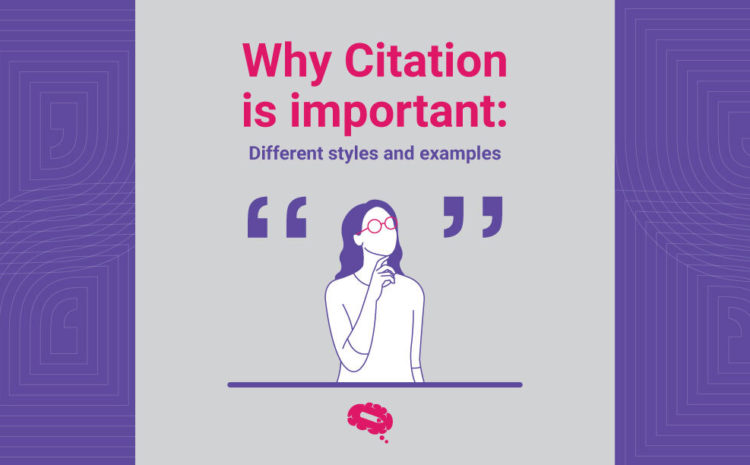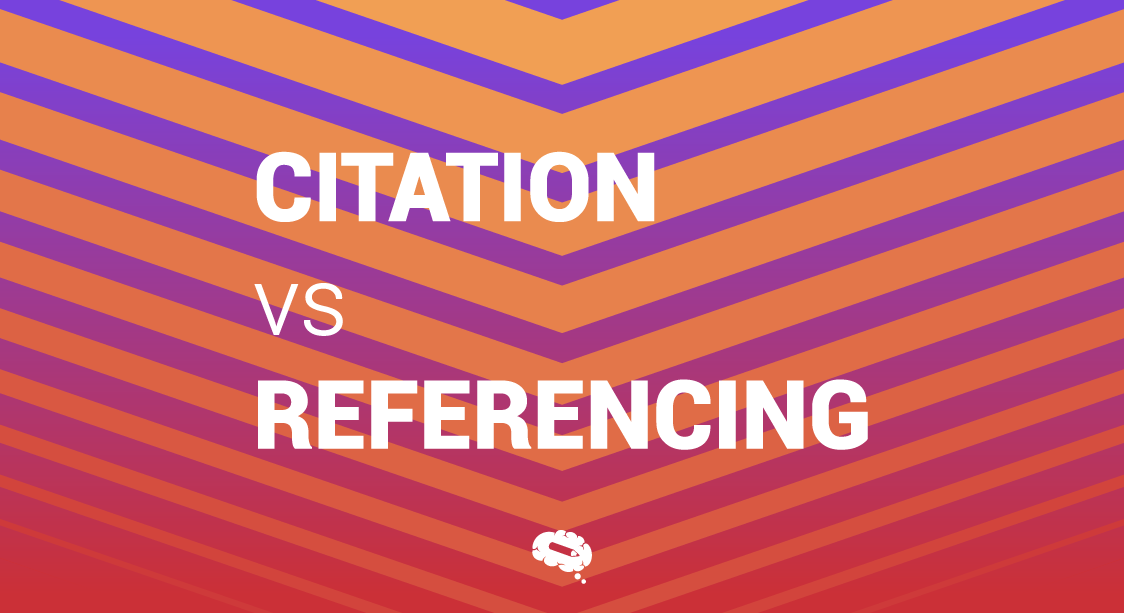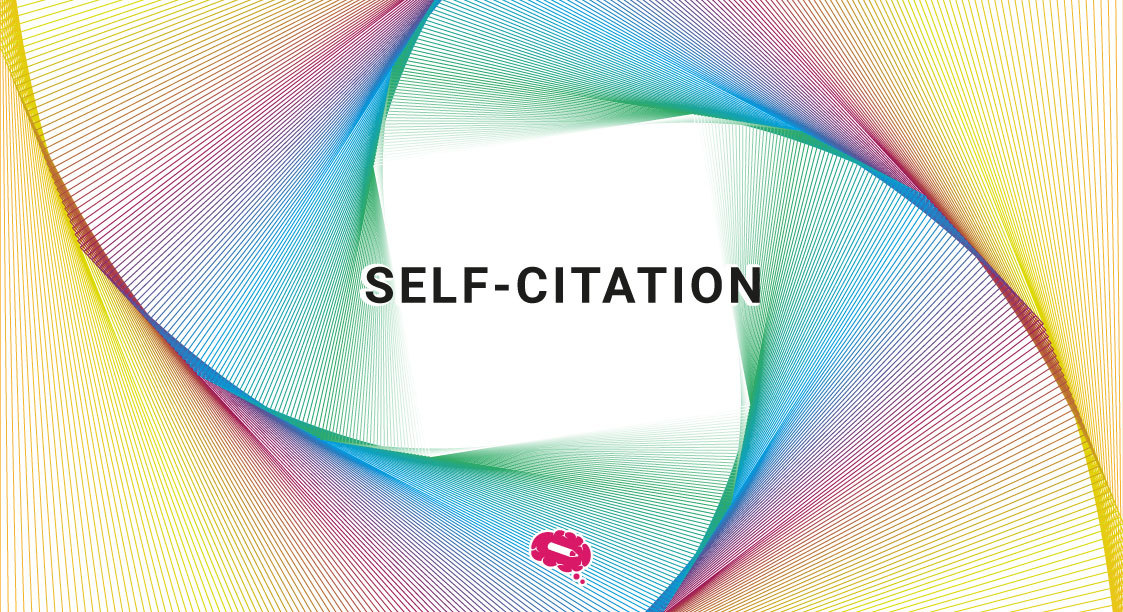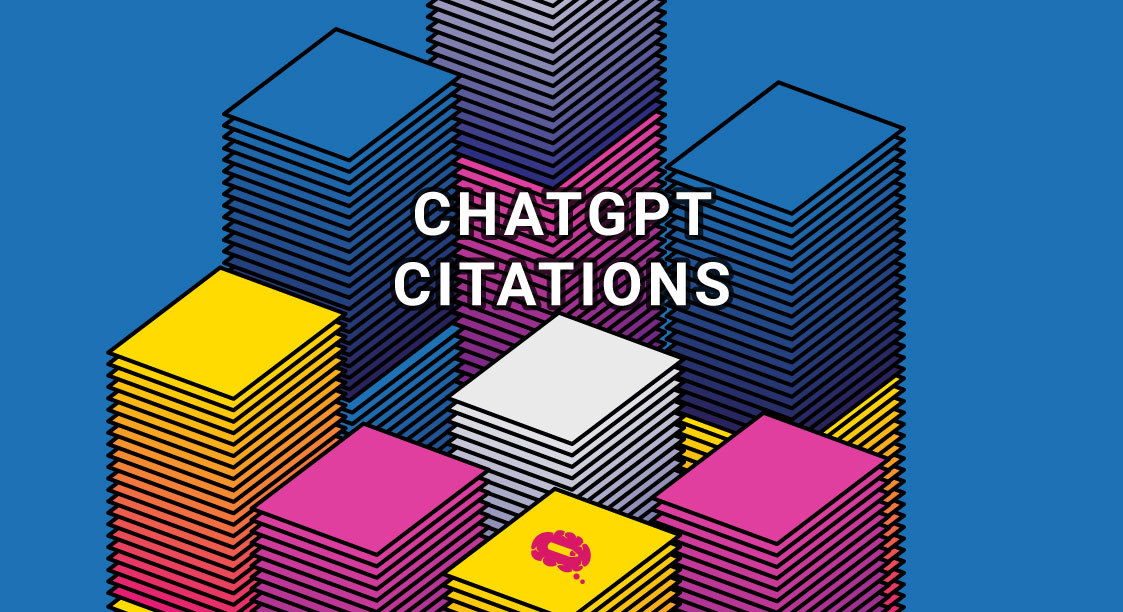Scholarly writing demands proper citations, which are more than just a formality; they maintain the integrity and credibility of the work. Citing sources accurately allows writers to give due credit to original authors whose ideas and research have influenced their own work. Furthermore, it allows readers to verify information, trace ideas’ origins, and further investigate a subject. Acknowledging and respecting academic contributions is made easier through effective citation. Let’s take a look at the MHRA citation style in this blog to learn more about it and show how it should be used correctly.
What Is MHRA Citation Style?
MHRA (Modern Humanities Research Association) Citation Style is a referencing system commonly used in the humanities, especially in literature, history, and the arts. The Modern Humanities Research Association developed this style to make it easier for readers to follow citations and locate sources. Footnotes and endnotes are used in the MHRA style for in-text citations, and a comprehensive bibliography follows. While maintaining rigorous academic standards, this approach facilitates a smooth reading experience while providing detailed citations without cluttering the main text.
Disciplines And Types Of Work That Commonly Use MHRA
According to the MHRA, the following disciplines primarily use its citation style:
- Literature: For analyzing texts, novels, poems, and plays.
- Linguistics: When discussing language structure, usage, and history.
- History: Particularly cultural and intellectual history.
- Philosophy: In discussions of philosophical texts and ideas.
- Theatre and Performing Arts: For referencing scripts, performances, and critical works.
- Art History: When citing sources related to visual arts and criticism.
To support arguments and interpretations in such disciplines, MHRA is an appropriate choice because it often requires detailed textual analysis and precise referencing.
Comparison With Other Citation Styles
- Footnotes vs. Parenthetical Citations: MHRA uses footnotes and endnotes to provide detailed information at the bottom of the page. In contrast, MLA and APA use parenthetical citations within the text.
- Bibliography and Referencing Style: While all styles require a bibliography, the formatting and details required differ. For elements like author’s name, title capitalization, and source publication information, MHRA’s bibliography entries are typically more detailed than those in APA and MLA.
- Disciplinary Focus: Different styles cater to different academic disciplines, but the MHRA style is particularly suited to the humanities because of its comprehensive and detailed approach to citations.
By identifying these differences, scholars can select the most appropriate citation style for their work, ensuring clarity, consistency, and adherence to disciplinary guidelines.
General Principles Of MHRA Citation Style
Footnotes and endnotes play a crucial role in providing detailed references to the sources used in your paper. When referencing a source, footnotes appear at the bottom of the page, while endnotes appear at the end of a chapter or document.
- Footnotes: Used in short documents or articles where it is convenient to have the citation readily available.
- Endnotes: Used in longer works such as books and theses, where a large number of notes might clutter the page.
Footnotes and endnotes in the text correspond to superscript numbers. Citations must include a full reference the first time they are used. The shortened form can be used for subsequent citations of the same source in order to keep the text readable.
Importance Of A Bibliography
In MHRA style, the bibliography lists all the sources cited throughout your paper. Readers can locate the sources themselves by using the full publication details. An effective bibliography should include:
- Ensures transparency and academic integrity.
- Helps readers verify the information and further explore the topic.
- Demonstrates the depth and breadth of your research.
Also read: Bibliography In Research Paper: Know Everything About It
You should arrange the bibliography alphabetically by the last names of the authors at the end of your paper.
Differences Between In-Text Citations and Notes
In contrast to APA or MLA, the MHRA style uses notes instead of in-text citations. To illustrate the differences, here is a comparison:
In-Text Citations (APA/MLA)
An in-text citation is a brief reference within the text that includes the author’s last name and the year of publication (APA) or the author’s last name and page number (MLA). Despite their conciseness, they can disrupt the reading flow.
Notes (MHRA)
MHRA uses footnotes or endnotes to cite sources. The main text remains uncluttered and readable while citation details are contained in a note. An example of a citation in the text would be as follows:
Some scholars argue that this period marked the beginning of a new era.^1
The corresponding footnote will provide full details:
^1 John Smith, *History of Modern Times* (Paris: Academic Press, 2010), p. 123.
Humanities research usually includes extensive commentary and nuanced discussion of sources, so using notes rather than in-text citations makes sense. Both the argument and the supporting evidence are presented with greater elegance using this method.
Formatting Footnotes And Endnotes
MHRA citation style footnotes and endnotes serve as essential tools for referencing and providing additional commentary within your academic work. To ensure they are formatted correctly, here is a detailed guide.
Placement Of Superscript Numbers
- In the Text: Superscript numbers should be placed at the end of the sentence or clause containing the referenced material, following any punctuation marks (e.g., “According to Smith, the theory is well-supported by the evidence.^1”).
- Sequential Order: The superscript numbers should be numbered sequentially throughout the document, starting with 1 and continuing until the end. If a source is referenced multiple times, each citation receives a new number.
Formatting the First Reference to a Source:
- Author’s Name: Start with the author’s full name.
- Title of the Work: Provide the title in italics for books and articles, and within quotation marks for chapters and web pages.
- Publication Details: Include the place of publication, publisher, and year of publication for books. For articles, provide the journal name, volume, issue, and year.
- Page Numbers: Indicate the specific page number(s) referenced.
For Example:
John Smith, The Study of Literature (New York: Academic Press, 2020), p. 45.
Abbreviating Subsequent References
- Shortened Form: When citing the same source repeatedly, use a shortened form. This usually includes the author’s last name, a shortened title, and the page number.
- Ibid.: If the subsequent reference refers to the same page as the initial citation, you can use “Ibid.” without repeating the details.
For Examples:
2. Smith, Study of Literature, p. 50.
3. Ibid., p. 51.
Examples of Footnote Entries
Books
1. John Smith, The Study of Literature (New York: Academic Press, 2020), p. 45.
2. Jane Doe, Introduction to Humanities (London: Scholar Press, 2018), p. 67.
Journal Articles
3. Michael Brown, ‘Analyzing Modern Poetry’, Journal of Literary Studies, 15 (2019), 123-45 (p. 120).
Websites
4. Laura Green, ‘The Evolution of Digital Humanities’, Humanities Online, 22 March 2022 http://www.humanitiesonline.org/articles/evolution [accessed 25 June 2024].
Tips for Consistent and Accurate Footnote Usage
- All footnotes should be formatted consistently. Keep your document’s style and structure consistent.
- Make sure all details, such as the author’s name, the title, the publication number, and the page number, are accurate.
- Avoid duplication of footnotes by maintaining a cross-referencing system.
- To ensure that your footnotes are accurate, thoroughly proofread your document.
MHRA citation style guidelines can be used to ensure that your footnotes and endnotes are clear, accurate, and properly formatted. By doing so, you not only enhance the credibility of your work, but also make your sources more accessible to your readers.
Creating A Bibliography
It is essential to follow specific guidelines when creating a bibliography in MHRA Citation Style in order to ensure consistency and accuracy. Here are a few key things to keep in mind.
Structure and Layout of the Bibliography
The bibliography should be structured with the following considerations:
- Title: Place the word “Bibliography” centered at the top of the page.
- Spacing: The bibliography should be double-spaced.
- Indentation: For each entry, use a hanging indent, where the first line is flush with the left margin, and subsequent lines are indented.
- Order: Arrange entries in alphabetical order by the author’s last name. In the absence of an author, alphabetize by title. For multiple works by the same author in the same year, differentiate them by adding a lowercase letter (e.g., 2023a, 2023b).
Commonly Cited Sources and Their MHRA Formats
Books
Single Author
- Footnote: Author’s First Name Last Name, Title of the Book (Place of Publication: Publisher, Year), page number.
- Example: John Smith, History of Modern Europe (London: Penguin, 2010), p. 24.
- Bibliography: Author’s Last Name, First Name. Title of the Book. Place of Publication: Publisher, Year.
- Example: Smith, John. History of Modern Europe. London: Penguin, 2010.
Multiple Authors
- Footnote: First Author’s First Name Last Name and Second Author’s First Name Last Name, Title of the Book (Place of Publication: Publisher, Year), page number.
- Example: John Smith and Jane Doe, Exploring the World (New York: HarperCollins, 2015), p. 46.
- Bibliography: First Author’s Last Name, First Name, and Second Author’s First Name Last Name. Title of the Book. Place of Publication: Publisher, Year.
- Example: Smith, John, and Jane Doe. Exploring the World. New York: HarperCollins, 2015.
Edited Volumes
- Footnote: Editor’s First Name Last Name (ed.), Title of the Book (Place of Publication: Publisher, Year), page number.
- Example: Michael Brown (ed.), Anthology of Medieval Literature (Cambridge: Cambridge University Press, 2008), p. 68.
- Bibliography: Editor’s Last Name, First Name, ed. Title of the Book. Place of Publication: Publisher, Year.
- Example: Brown, Michael, ed. Anthology of Medieval Literature. Cambridge: Cambridge University Press, 2008.
Journal Articles
Print Journal Article
- Footnote: Author’s First Name Last Name, ‘Title of the Article’, Title of the Journal, volume number (Year), page number.
- Example: Lisa Green, ‘Revisiting Gothic Architecture’, Journal of Art History, 14 (2011), p. 123.
- Bibliography: Author’s Last Name, First Name. ‘Title of the Article’. Title of the Journal, volume number (Year), page range.
- Example: Green, Lisa. ‘Revisiting Gothic Architecture’. Journal of Art History, 14 (2011), 115-130.
Online Journal Article
- Footnote: Author’s First Name Last Name, ‘Title of the Article’, Title of the Journal, volume number (Year), page number <URL> [accessed Day Month Year].
- Example: Lisa Green, ‘Revisiting Gothic Architecture’, Journal of Art History, 14 (2011), p. 123 http://www.example.com [accessed 20 June 2024].
- Bibliography: Author’s Last Name, First Name. ‘Title of the Article’. Title of the Journal, volume number (Year), page range <URL> [accessed Day Month Year].
- Example: Green, Lisa. ‘Revisiting Gothic Architecture’. Journal of Art History, 14 (2011), 115-130 http://www.example.com [accessed 20 June 2024].
Websites and Online Resources
- Footnote: Author’s First Name Last Name, ‘Title of the Webpage’, Title of the Website, Year <URL> [accessed Day Month Year].
- Example: Sarah Johnson, ‘The Renaissance Art Movement’, Art History Online, 2019 http://www.arthistoryonline.com [accessed 20 June 2024].
- Bibliography: Author’s Last Name, First Name. ‘Title of the Webpage’. Title of the Website. Year <URL> [accessed Day Month Year].
- Example: Johnson, Sarah. ‘The Renaissance Art Movement’. Art History Online. 2019 http://www.arthistoryonline.com [accessed 20 June 2024].
Visual and Multimedia Sources
Film
- Footnote: Title of Film, dir. by Director’s First Name Last Name (Production Company, Year).
- Example: Inception, dir. by Christopher Nolan (Warner Bros., 2010).
- Bibliography: Title of Film. Dir. by Director’s First Name Last Name. Production Company, Year.
- Example: Inception. Dir. by Christopher Nolan. Warner Bros., 2010.
Artwork
- Footnote: Artist’s First Name Last Name, Title of the Artwork, Year, medium, Name of the Collection or Museum, Location.
- Example: Vincent van Gogh, Starry Night, 1889, oil on canvas, Museum of Modern Art, New York.
- Bibliography: Artist’s Last Name, First Name. Title of the Artwork. Year. Medium. Name of the Collection or Museum, Location.
- Example: van Gogh, Vincent. Starry Night. 1889. Oil on canvas. Museum of Modern Art, New York.
Utilizing Mind The Graph’s Tools to Save Your Time
Dive deep into your research and effortlessly craft engaging visuals that captivate your audience’s attention while also saving you time to make them visually appealing. From intricate data sets to complex concepts, Mind the Graph empowers you to create compelling infographics that resonate with readers. Visit our website for more information.

Subscribe to our newsletter
Exclusive high quality content about effective visual
communication in science.

